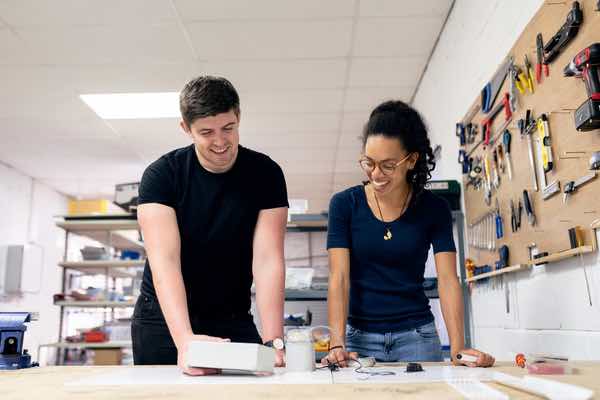Designing and building prototypes of new products lets businesses identify and fix design flaws before they head into the production of the final version. Prototyping is a critical part of the overall process, and you need to get it right. Below are four tips for more effective prototyping.
1. Keep It Simple
Keeping your prototype designs as simple as possible while achieving your objectives reduces the chances of things going wrong. The more complicated your prototype is, the more likely it is that something will go wrong.
On the other hand, a simple and straightforward prototype enables you to ensure that you have the basics down before adding more advanced features. Working to improve your product iteratively is more effective than trying to dive straight in at the deep end.
2. Don’t Expect Perfection
The entire purpose of prototyping is to test your designs out and ensure that they are suitable. Prototyping allows you to identify and correct any issues with your design before you move on to production. If you go into the prototyping process demanding perfection from yourself and the rest of your team, you will be setting yourself up for failure.
Instead of trying to eliminate any errors in the design process, you should embrace imperfections as opportunities to improve your designs. An obsession with achieving perfection this early on in the design and manufacturing process can end up working against you, rather than encouraging you to produce better work.
3. Remember To Factor In Component Footprints
When you decide which components to include in your prototype designs, it is essential that you accurately account for their footprint. Making precise measurements early on in the design and prototyping process will help you to avoid several common prototyping issues. For example, placing components too close to one another can make it difficult to route the tracers in your PCBs correctly.
You can use a component search engine like Octopart to find detailed information about electronic components and suppliers. Gathering detailed information makes it much easier to determine the suitability of components before you order them.

4. Be Prepared To Make Any Necessary Changes
Flaws in your prototypes are an inevitable part of the process. You must be receptive to what testing errors reveal about your designs. It doesn’t matter how badly you might want to include a specific feature. If your prototypes have shown that it is impractical or impossible to include the feature in the way you want, you need to be prepared to let it go.
To produce a final product that achieves your initial design aims, you may need to change your design approach in big or small ways. Don’t get too attached to any specific aspect of your design. You never know which aspects you will have to change further down the line.
Conclusion: Applying Basic Prototyping Tips Can Improve Results
Prototyping is an essential part of the design and manufacturing process. After spending a significant amount of time on your initial designs, prototyping results can be disheartening when they don’t show what you expect. However, errors in your prototype are also an opportunity to improve your design. Applying these basic prototyping tips can save a lot of time and effort, and improve your results.



Leave a Reply